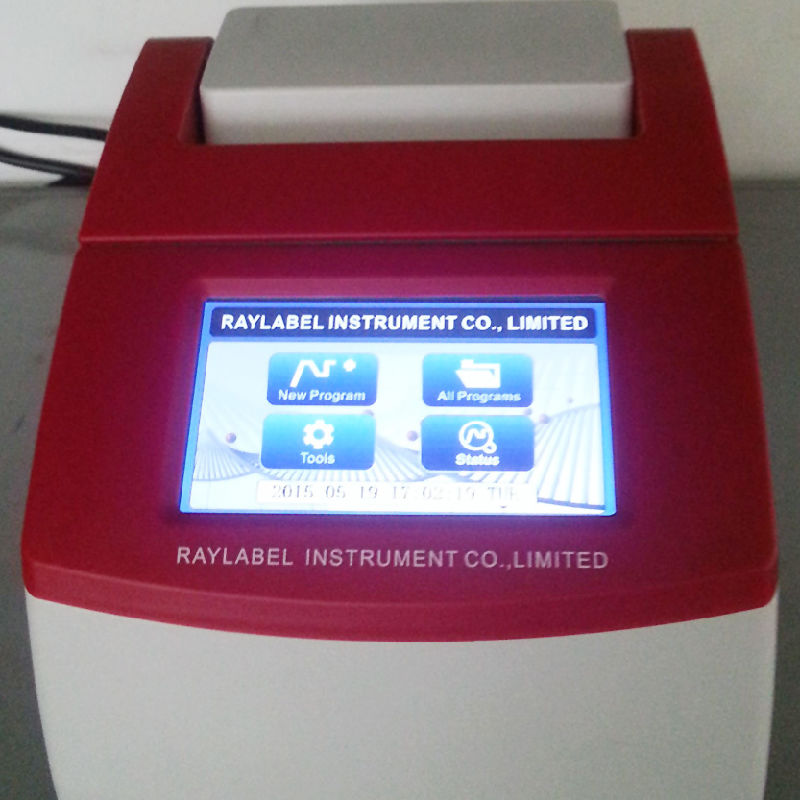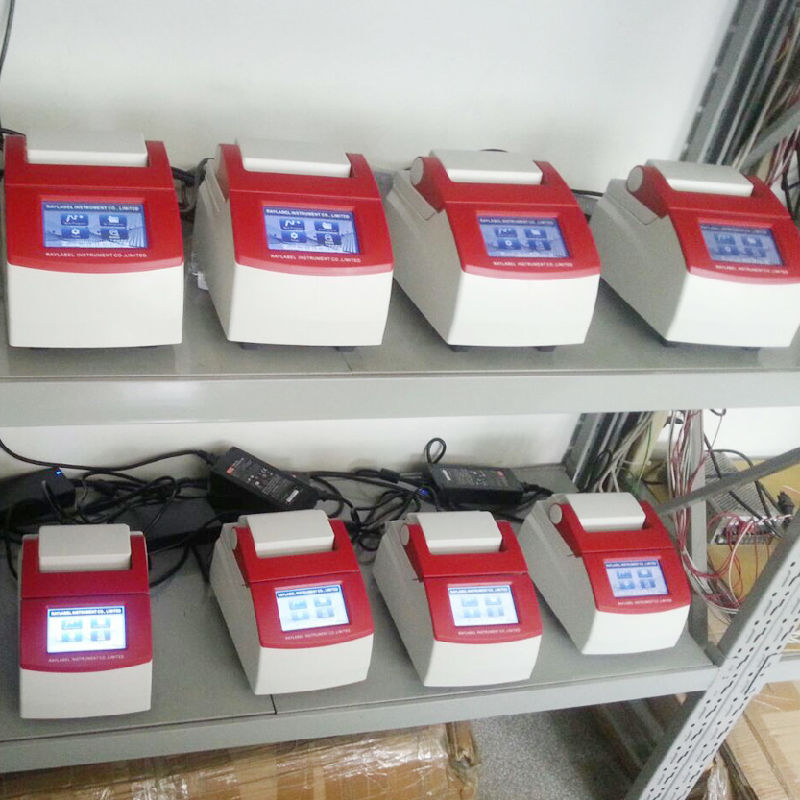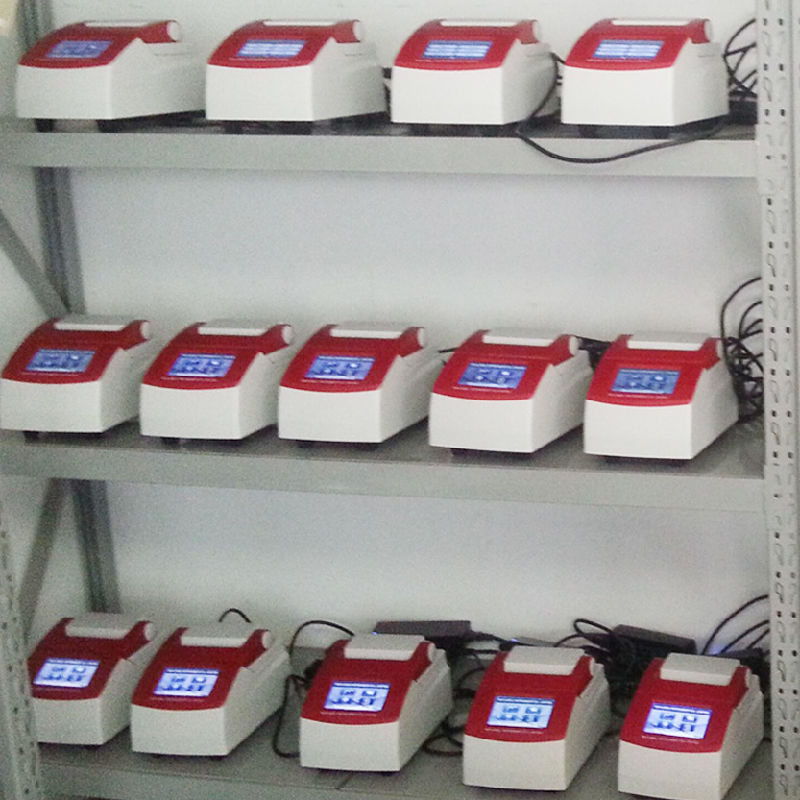The types of rigging
The ability to safely move materials from one location to another is a vital part of many activities at Princeton. Hoists are often used when materials are too heavy or bulky to be safely moved manually. Because hoists rely upon slings to hold their suspended loads, slings are the most commonly used materials-handling apparatus.
The sections below serve as a guideline when hoisting or rigging at Princeton University.
Stamping Thimble,Wire Rope Thimble,Drop Forged Shackle,Alloy Steel Shackle Hebei Liston Lifting Rigging Manufacturing Co., Ltd. , https://www.liftingriggingfactory.com
Model RAY-TC321
New Quality Product:
LCD Touch Screen Operation System,More easy and More simple.
Sample Block:            32 wells×0.2ml
Compatiable Reaction Tubes:Accommodates 0.2 ml tubes or strip of 8 tubes
Heating/Cooling:Â Â Â Â Â Â Â Â Â New generation peliter-based technology.
Display: Â Â Â Â Â Â Â Â Â Â Â Â Â Â Â Â Â Â 4.3" TFT color touch screen
Communication Port: Â Â Â Â Â Â Â 1 USB port
Air Vent: Â Â Â Â Â Â Â Â Â Â Â Â Â Â Â Â Â Unique ventilation design,make possible for instuments placed side by side,saving lab space.
Temperature
Block Temperature Range:   0.1ºC~99.9ºC
Max. Heating Rate:         3ºC/s
Max. Cooling Rate:         2ºC/s
Temperature Uniformity:    ±0.25ºC
Temperature Accuracy:      ±0.25ºC
Display Resolution:        0.1ºC
Mode of Temperature Control: Â Â Â Sim-tube & Block mode
Ramping Rate Adjustable: Â Â Â Yes
Lid Open Method:New "TOP-OPEN" technology realizes open and lift in one step
Software
Max. No. of programs: Â Â Â Â Â Â Over 100 user protocols on board
Time Increment/Decrement: Â Â Yes, available for Long PCR
Temp. Increment/Decrement: Â Yes, available for Touchdown PCR
Auto Pause / Auto Restart: Â Yes
Hold at 4ºC:            Yes, an infinite incubation time at low temperature for overnight working
Running Report: Â Â Â Â Â Â Â Â Â Â Â Â Yes
Other Features
Power Supply: Universal AC input. Power Supply: Â Â 85V-265V, 47-63Hz
Max. 160W
Approvals: Â Â Â Â Â Â Â Â Â Â Â ISO 9001:2000, CE
Dimension(L×W×H): 23.2×18.2×15.7cm
Net Weight: Â Â Â Â Â Â Â Â Â Â 2.9kg


Â

Thermal Cycler Touch Screen PCR Lab Equipments Thermal Cycler (RAY-TC321)
Slings, chokers, shackles and hoists are are available in many different materials and styles. Slings are commonly used in combination with a lifting device, such as an overhead crane, hoist, or forklift. The four main types of slings are: